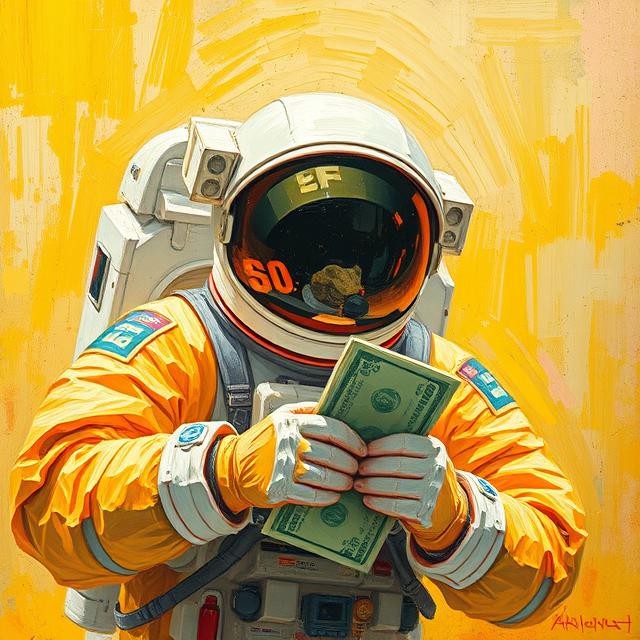Compliance
California Minimum Wage by City and County: What Employers Need to Knowcalifornia minimum wage, labor compliance, payroll, wage and hour law
Compliance
Overtime Pay Laws | States + Federal (2025 Update)labor compliance, overtime laws, payroll
Payroll
Why Payroll Deductions are Harder Than They Look (Especially for Hourly Teams)hourly staff, HR technology, payroll processing, payroll software

Technology
The Total Economic Impact™ of Workforce.comForrester conducted a study to discover the cost savings and business benefits of Workf...

HR Administration
HRIS 101: A Guide for Small BusinessesSummary Running a small business is challenging enough without getting bogged down by H...

Workplace Culture
Workplace Productivity Statistics and Trends You Need to KnowSummary Productivity in the US increased in the past year, which can indicate that busi...

Staffing Management
How to Schedule Employees Effectively: 6 Proven StepsLegal guidelines and labor forecasting will help you determine how to schedule employee...

HR Administration
Practical Ways to Simplify Payroll and HR with Employee Self-ServiceSummary Running a business is a constant balance between strategic planning and day-to-...

Compliance
California Pay Transparency Law: How to Comply and Promote Fair PaySummary Pay transparency is a strategy to attract talent and retain current staff. In C...

Compliance
California Overtime Laws Explained: What Employers Need to KnowSummary California has some of the strictest overtime laws in the country, ensuring tha...

Payroll
What are different payroll deductions? Taxes, benefits, and moreSummary Payroll deductions are withheld from an employee’s paycheck to cover taxes, gar...
